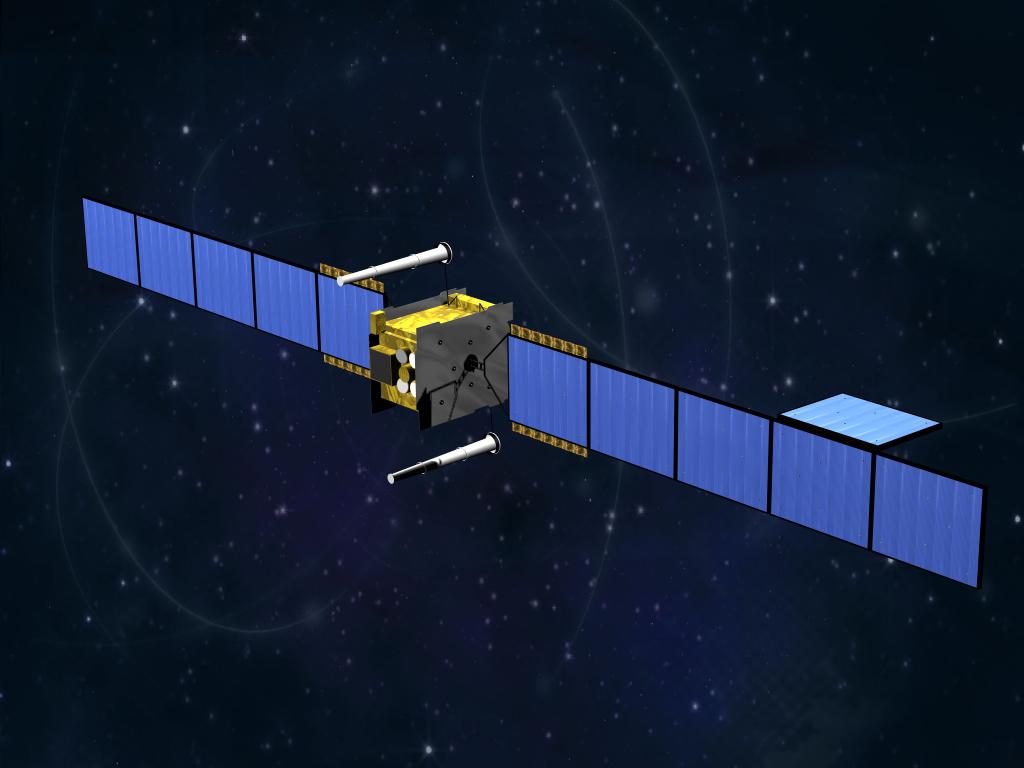
Skynet-5, one of the most successful private finance initiative investments made by the UK government, will end in 2022 setting the stage for the next phase of the programme, Skynet-6, writes Ken Peterman, president, Government Systems, Viasat.

Skynet 5 is a satellite system that was built to meet the needs of UK Armed Forces and other government organisations over the past 20 years. While the programme has met the operational standards of UK military, we have seen a substantial amount of societal and economic change in the UK as well as unprecedented technological advancements made by today’s private sector over the last two decades.
Today, the MoD finds itself adjusting to several new realities:
- A new generation of warfighters who have grown up accustomed to an always-connected civilian way of life;
- Increasingly sophisticated coalition operations and multi-agency collaboration;
- Advanced threats by near-peer adversaries;
- Financial stringency within the MoD as it relates to existing private finance initiative programs; and
- A traditional procurement model that does not take full advantage of private sector technology.
While the MoD finds itself facing new challenges as it moves toward the Skynet-6 programme, it also has an enormous opportunity to make the most of new capabilities being driven by private sector satellite communications (SATCOM) providers. These advancements will satisfy emerging mission requirements, optimise existing assets, provide access to new technologies, and deter near-peer adversaries – all at a significantly lower cost and low risk to the MoD.
Today’s Emerging Threats
In today’s data-driven battlespace, it’s essential to provide our military forces with the latest technology capabilities available in order to maintain an edge over adversaries. With tensions rising, and countries such as China and Russia moving to enhance military space capabilities, the MoD must act quickly to develop a new kind of satellite system that will ensure the UK government and its allies maintain superiority in space.
As a recent report notes, China’s military is becoming increasingly skillful at militarising commercial space technologies. As such, the UK government should look to undergo a shift towards an open SATCOM architecture in order to outpace these threats. By moving to an interoperable network that combines the power of government purpose-built systems with the rapid technological advancements being driven by the private sector, the MoD can easily transition to the high-speed, secure, resilient and ubiquitous system needed to maintain a tactical edge.
Skynet-6 A New Approach
Some have argued it may be difficult to determine the right mix of government-owned satellites and commercial broadband services if the MoD chooses to move away from a single vendor to an interoperable network. But the reality is the hybrid networks available today will provide a nearly seamless transition to Skynet-6 as well as access to a range of advanced capabilities to fulfil emerging mission requirements.
Capt. David Moody, head of SATCOM at the MoD, recently cited potential requirements for Skynet-6. He said the programme “must deliver resilient, protected and assured worldwide X-band, UHF and wider communications capabilities to enable information superiority for UK forces.” Capt. Moody also has gone on the record to say a new approach will likely be required for Skynet 6 to move forward.
Private sector SATCOM leaders have the ability to satisfy MoD requirements for Skynet-6 today. For example, the MoD has the ability to quickly acquire and deploy new SATCOM capabilities by adopting concepts such as Viasat’s Hybrid Adaptive Network (HAN) satellite architecture.
HAN architectures are flexible Service Delivery Platforms that meet the need for a robust, scalable communications network built on open standards to avoid vendor lock. They also offer access to the exponential technology growth of the private sector to close warfighter gaps.
Similar to the way cell phone service providers allow users to operate freely across different networks, HANs maximise warfighter capabilities by providing simultaneous access to both commercial and government networks via an open interface. This enables HANs to provide the MoD with a sophisticated, resilient and secure system that can readily embrace future innovative satellite networks; easily adapt to new security and technology requirements and provide access to a number of advanced capabilities.
See Also: UK Space Agency Ploughs £18 Million into Satellite Internet Company OneWeb
This includes the adoption of new advanced battlefield technologies such as AI and machine learning applications. This can all be done at a much faster rate by providing better interoperability between commercial and military systems.
A number of MoD and UK government leaders, including the Prime Minister, are eager to develop a sophisticated SATCOM system that will support the national interest well into the future. Ultimately, in an era where threats to the UK and its neighbours have become so diverse, it’s clear working with industry will offer the UK government the ability to quickly and effectively put the latest technology into the hands of our defence forces.
By adopting HAN architectures available today, the MoD has an enormous opportunity to optimize existing assets, adapt to emerging technologies, and outpace adversary threats. As the UK government moves toward Skynet-6, Viasat looks forward to working collaboratively with defence and government leaders to address SATCOM challenges today while preparing for the missions of tomorrow.






